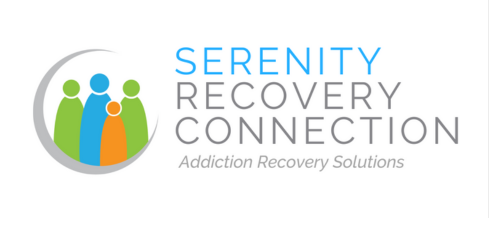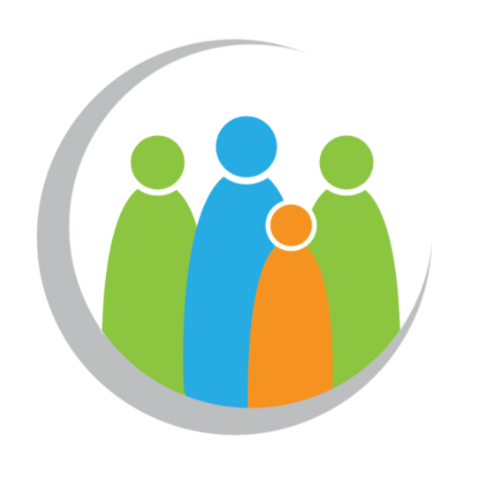Substance Use Disorder and the Workplace
Substance Use Disorder & The Workplace
By Julia Brownfield, MPHE
Director of Programs, Springs Recovery Connection
Recovery is defined as a process by which an individual experiences improvement in health and general well-being because of deliberate self-directed measures with the ultimate objective of once reaching their full potential. Recovery from substance use disorder (SUD), whether mild or chronic, is entirely possible, and with help, a person suffering from SUD can also regain their full health. In this regard, recovery involves a change in lifestyles, such as adopting abstinence and addressing the pain, and managing mental health issues without the need for alcohol and drugs.
SUD is a significant problem and a costly risk both inside an organization and outside. Estimates show that American businesses lose up to $81 billion every year due to different implications of addiction at the workplace. These implications come in the form of absenteeism, loss in productivity, high attrition rates, poor quality work, and theft and criminality in the workplace. In addition to that, 70-% of employees suffering from SUD are considered functioning, which means they can continue working without being easily detected. However, reports indicate a 42% drop in their overall productivity among those employees who have a SUD. In addition to that, it is imperative to understand that recovery may not always be linear from beginning to end. Most recovery processes, particularly for those suffering from chronic SUD, have bouts of failures or relapses and periods of success. The main goal is recovery programs is to help those seeking sobriety get back to the recovery journey when they fall short.
In industries with serious occupational injuries and deaths, there is a strict condition for testing all employees to avoid SUD-related accidents and fatalities. Even so, different states apply different laws regarding random testing, but that has generally been considered a purely punitive approach. In this regard, it is becoming increasingly crucial for organizations to become part of the recovery process. When organizations create opportunities in their workforce for recovery and re-employment, the chances of an employee who is in the recovery process to regain his total health and potential doubles (4); employment, whether paid or volunteer work, is considered the most critical priority of all individuals who are in the recovery process. Besides providing financial independence, re-employment offers a purpose and reason to live and hope (4). An employments provides a person in recovery the hope of being fully accepted back as a responsible member of the society or community in which they live (4).
In this regard, contemporary best practices in human resource management recommend shifting from the punitive testing and firing approach to creating opportunities in the workforce that strengthen recovery. Organizations must therefore invest in recovery programs and opportunities for re-employment even with full pay (3).
Employment is considered the only top priority among those with SUD during all recovery stages. In comparison, the employed are more likely to have lower recurrence rates, higher abstinence rates, and fewer parole violations than those unemployed in recovery. Opportunities for re-employment also include eliminating barriers that inhibit the ability of those in recovery from regaining employment (3).
Peer providers are considered crucial [partners in organizations with recovery programs]. First, peer workers, also known as Peer Recovery Coaches, are employed at Recovery Community Organizations (RCOs), treatment centers, behavioral health centers, hospitals, or within the justice system. Peer support is critical to those in recovery because they draw both on personal experience and knowledge taught to provide services and support systems that help in behavioral management, resilience, and tools necessary in enhancing mind-body recovery (2). There is sufficient evidence showing the effectiveness in helping those with SUD get back on the recovery journey (2).
Secondly, peer workers draw on experiential knowledge in addition to lived experiences. Other than using their own life experiences and how they could overcome them, peer workers rely on a wealth of information and evidence-based practices that work in different circumstances and environments (2). The input of peer workers is critical, if not dispensable, for any successful recovery program adopted by any organization. Peer work is based on the understanding that recovery may involve some period of success and failures in most cases, yet the goal of full recovery never changes.
Further than that, peer workers today are trained and come in different specialties and roles
(2). The peer role is no longer an informal job title but fully recognized through policy frameworks addressing SUD. Peer worker services are also covered under Medicaid, which further illuminates their importance in the road to recovery (2). A different role in peer work has emerged, such as mental health peer workers, employment coaches for those incarcerated, legal services, educational support, childcare, peer support, and outreach service, to mention a few (1). Peer workers interact with individuals in different environmental settings, most of which are interconnected with SUD. For instance, drug use is normally associated with criminality and regular jail terms, which worsens any chances of getting a good stable job in the future.
The best way to combat SUD stigma is to provide workforce training components that include recovery education training and resources to community-based organizations (CBOs) that provide peer support services. In this regard, any workplace that is considered recovery-supportive must train both the supervisors and employees (5). Education is the best recourse to combat stigma.
References
1-Chapman, S. A., Blash, L. K., Mayer, K., & Spetz, J. (2018). Emerging roles for peer providers in mental health and substance use disorders. American Journal of Preventive Medicine, 54(6), S267-S274.
2-Gagne, C. A., Finch, W. L., Myrick, K. J., & Davis, L. M. (2018). Peer workers in the behavioral and integrated health workforce: opportunities and future directions. American Journal of Preventive Medicine, 54(6), S258-S266.
3-Kelly, J. F. (2017, June 30). Working on addiction in the workplace. Harvard Health. https://www.health.harvard.edu/blog/working-on-
4-Substance Abuse and Mental Health Services Administration. (2019). EVIDENCE-BASED RESOURCE GUIDE SERIES : Substance Use Disorders Recovery with a Focus on Employment and Education. U.S. Department of Health and Human Services (HHS). https://store.samhsa.gov/sites/default/files/SAMHSA_Digital_Download/pep21-pl-guide-6.pdf
5-Substance Abuse and Mental Health Services Administration. (2021). Integrating Vocational Services Into Substance Use Disorder Treatment. Search SAMHSA Publications and Digital Products | SAMHSA Publications and Digital Products. https://store.samhsa.gov/sites/default/files/SAMHSA_Digital_Download/pep20-02-01-019.pdf

